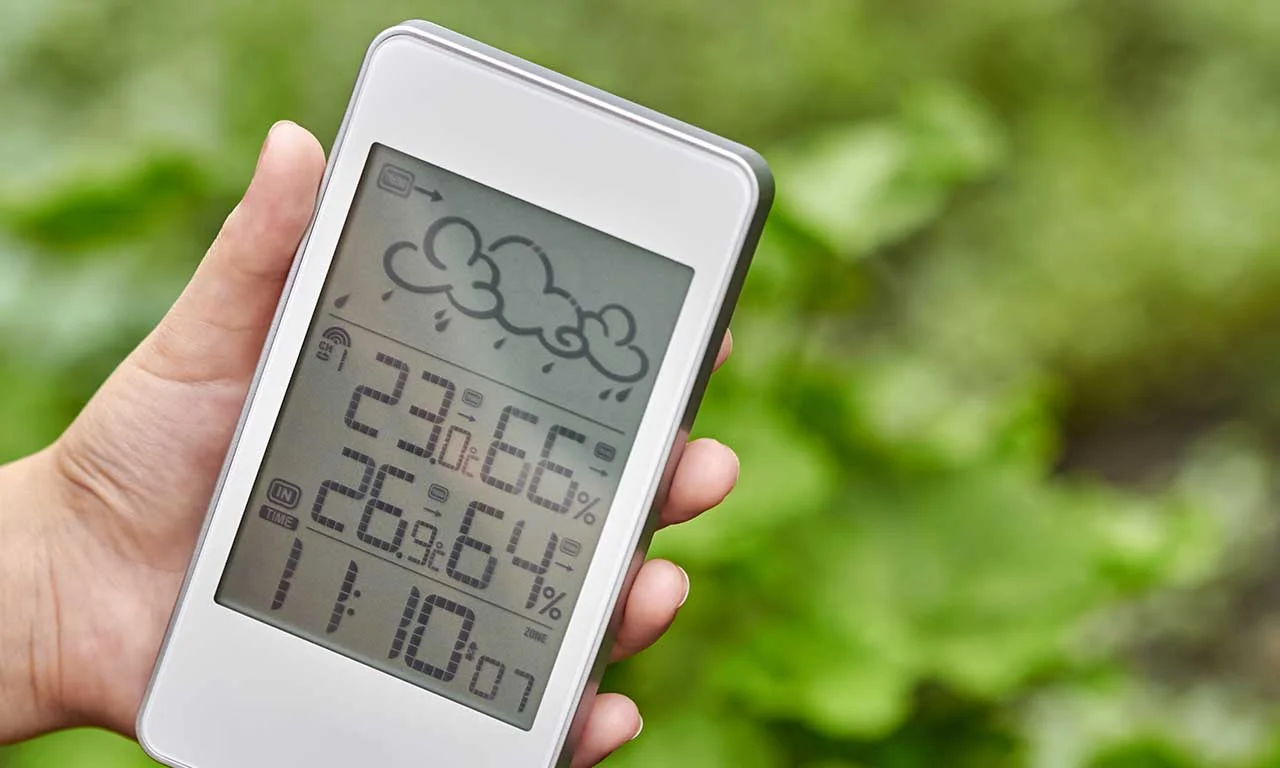TMY (Typical Meteorological Year) products are powerful tools for analyzing weather patterns and optimizing energy systems. To maximize their potential, it is essential to understand how to effectively utilize TMY datasets. In this article, we provide expert advice to help you make the most of your TMY products and achieve accurate and reliable results.
- Familiarise Yourself with Data Sources: Before diving into TMY analysis, thoroughly familiarise yourself with the data sources and methodologies used to create the TMY dataset. Understanding the limitations, biases, and uncertainties associated with the data sources will help you interpret the results more effectively.
- Validate and Calibrate the TMY Dataset: Validate the accuracy of the TMY dataset by comparing it with measured weather data from the location of interest. Perform calibration if necessary, by adjusting the TMY data to align with site-specific conditions. This step ensures that your TMY dataset is representative and reliable for your specific application.
- Assess Temporal Resolution: Pay close attention to the temporal resolution of your TMY dataset. Hourly or sub-hourly data can provide a more accurate representation of weather variations throughout the day. Analyzing diurnal cycles, time-of-day variations, and seasonal patterns within the TMY dataset will help you make informed decisions for energy system design and performance evaluation.
- Consider Local Influences: While MY datasets provide valuable information, they might not capture the microclimates or local weather conditions of your specific project site. Account for local influences such as topography, urban heat island effects, or coastal influences when interpreting TMY data. Local measurements or additional data sources can help improve the accuracy of your analysis.
- Understand Limitations in Extreme Events: TMY datasets are designed to represent typical weather patterns, but they might not accurately capture extreme weather events. Recognize the limitations in extreme event representation and consider alternative data sources or additional analysis if extreme events are critical for your application. Incorporating climate change projections can also provide insights into potential future extremes.
- Leverage Uncertainty Analysis: Quantify and communicate the uncertainties associated with TMY data to gain a comprehensive understanding of potential variations in weather conditions. Conduct sensitivity analyses or utilize statistical methods to assess and present uncertainties, enabling robust decision-making and risk management.
- Combine TMY with Actual Measured Data: To enhance the accuracy of your analysis, consider integrating TMY data with actual measured data. This combination allows for cross-validation and validation of simulation results against real-world measurements, providing confidence in the reliability of the TMY dataset and the accuracy of your analysis.


















